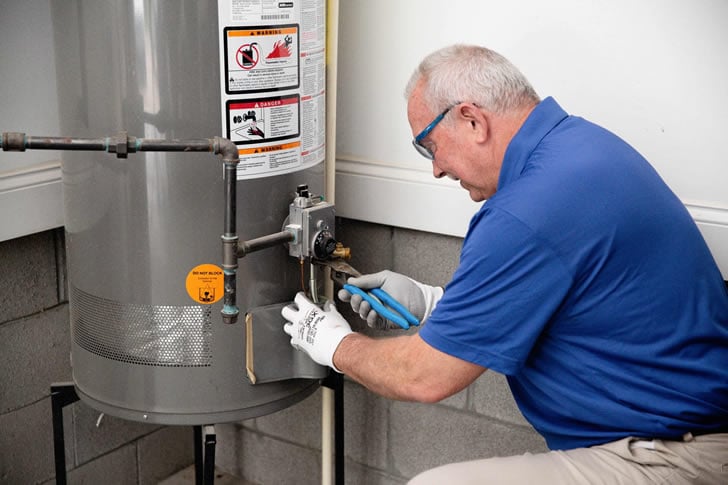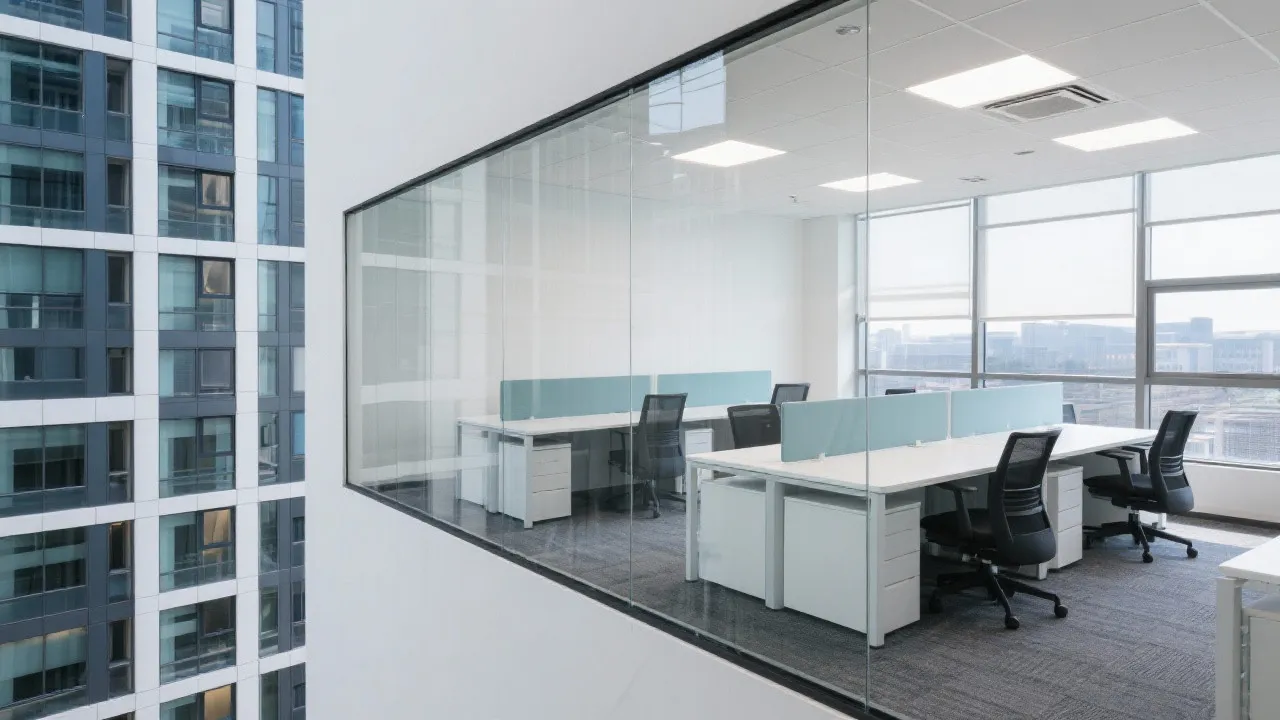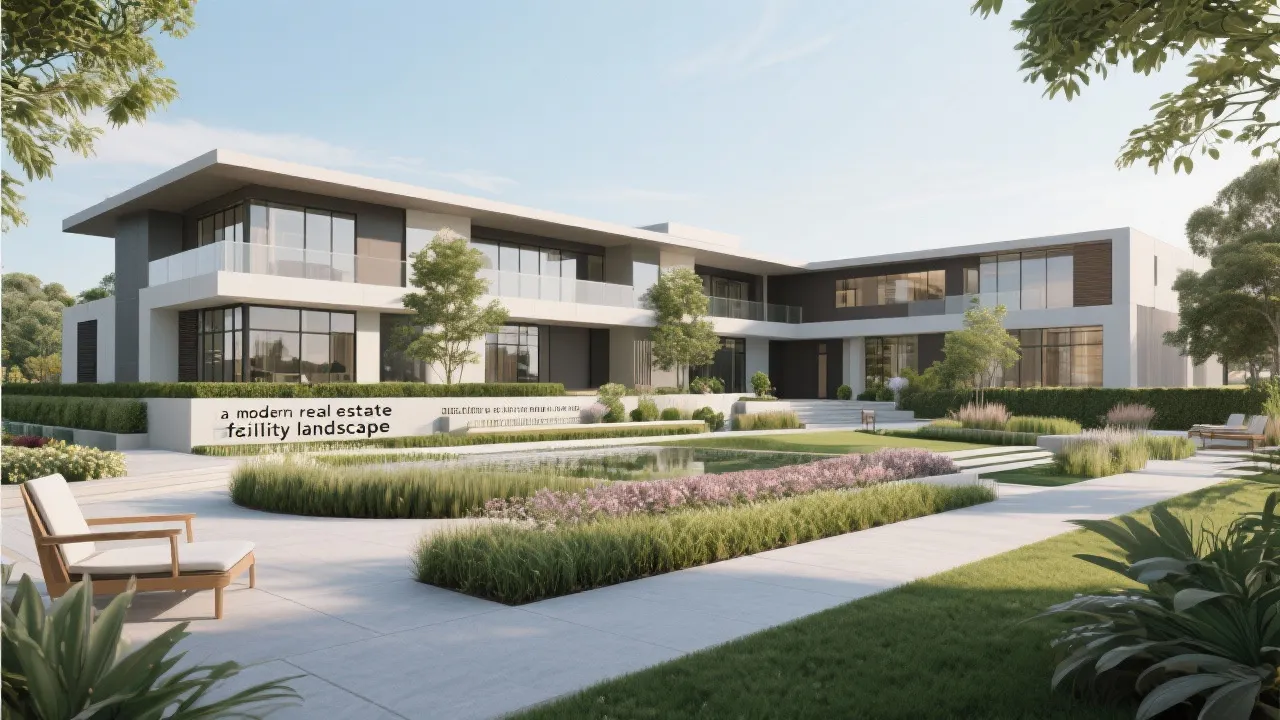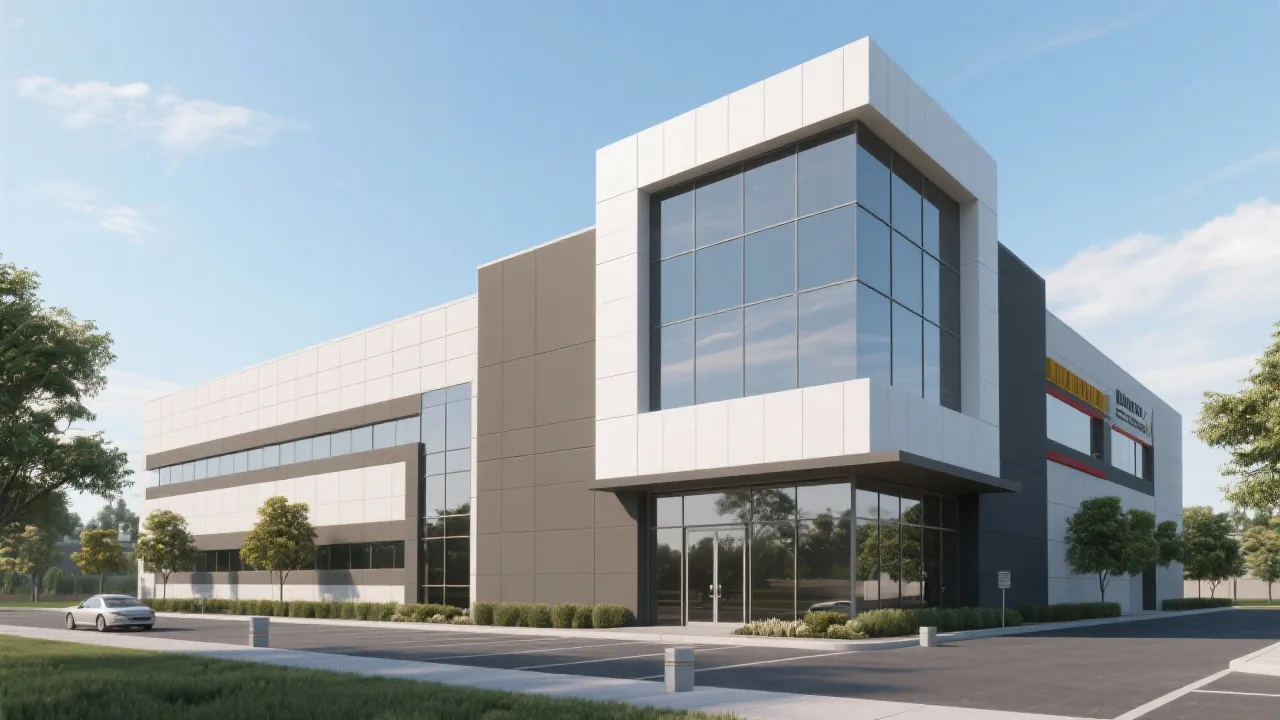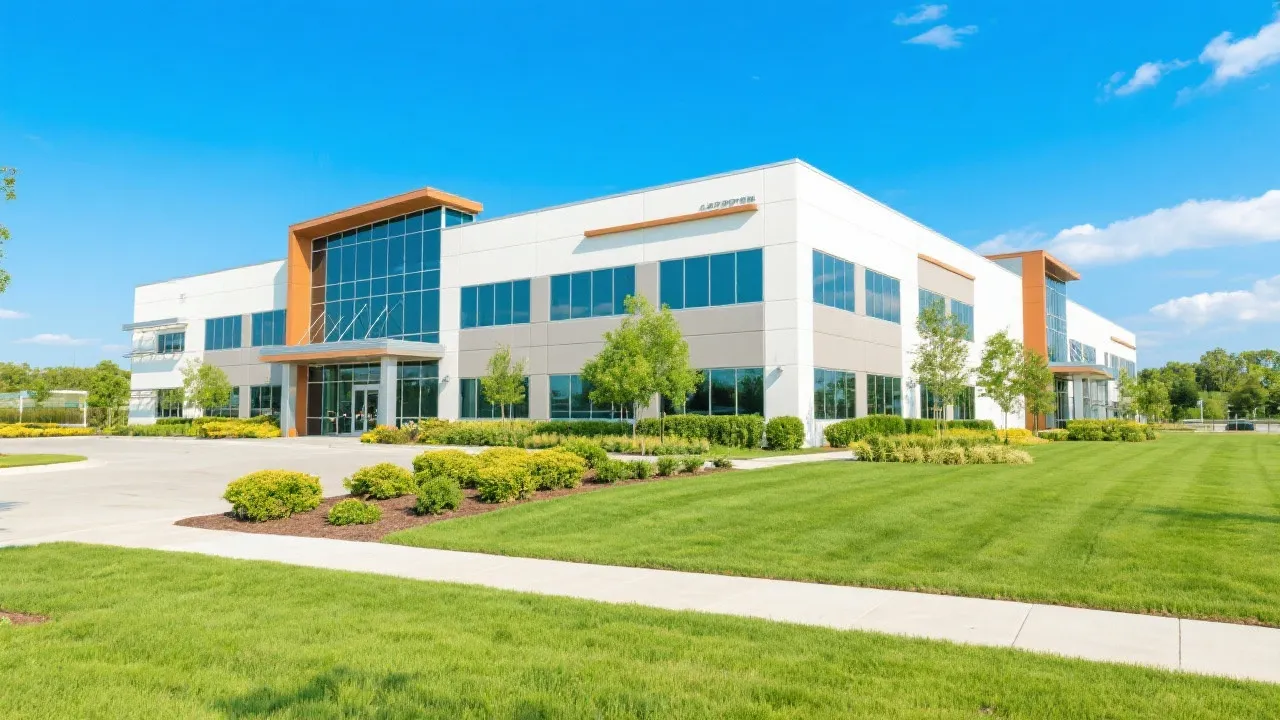Understanding Facility Realty Dynamics
Facility Realty encompasses business-related properties, playing a pivotal role in economic development and urban planning. By supporting various industries, these properties foster growth, productivity, and innovation. This article delves into the characteristics, market trends, and regional considerations integral to facility realty.
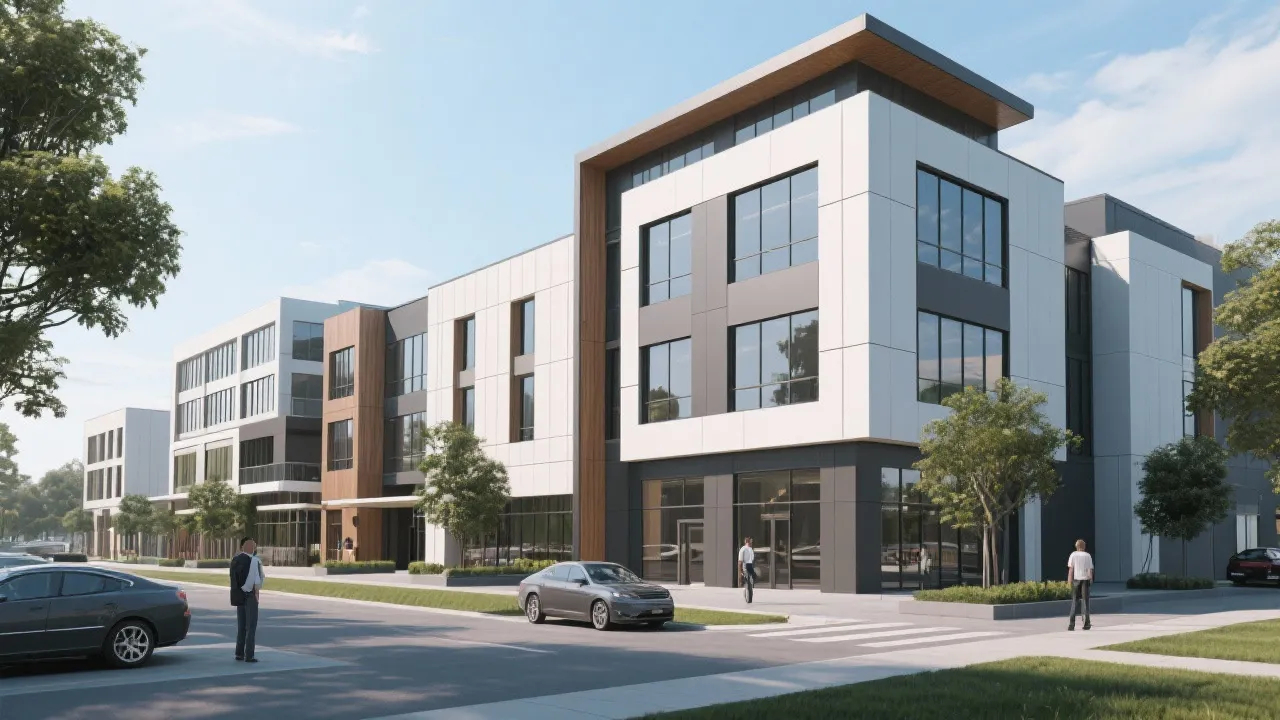
The Essence of Facility Realty
Facility realty, a critical component of the commercial real estate sector, focuses primarily on properties designed and used for business operations, including manufacturing plants, office buildings, warehouses, and logistic centers. This specific real estate category is vital in facilitating industry functionality, supporting supply chains, and propelling economic development globally. The demand for these properties remains robust as businesses seek spaces that accommodate evolving operational needs.
Beyond simple definitions, facility realty encompasses a broad spectrum of asset types, each serving distinct functions within the logistics, manufacturing, and services sectors. For instance, manufacturing plants are often uniquely tailored to the production processes of specific industries—ranging from automotive to pharmaceuticals—requiring not only specialized equipment but also compliance with stringent industry regulations and safety standards. In contrast, warehouses and logistic centers are increasingly becoming sophisticated operations hubs, designed to maximize storage efficiency while optimizing inventory turnover to meet the relentless demands of e-commerce and consumer expectations.
The nuances in facility realty are profound, as they reflect not only the unique requirements of diverse industries but also the changing landscape of how business is conducted in the 21st century. As such, understanding the essence of facility realty involves dissecting the various layers—physical, operational, and strategic—that contribute to a thriving business environment.
Market Trends and Dynamics
In recent years, the facility realty sector has witnessed significant shifts influenced by technology advancements, remote work trends, and sustainability practices. The increase in e-commerce has spurred demand for distribution centers and last-mile delivery hubs. Likewise, the growing necessity for agile workspace solutions has reshaped office real estate, promoting flexible spaces that focus on employee experience and productivity.
Moreover, the COVID-19 pandemic accelerated changes that were already underway. Many organizations have realized the value of hybrid work models, which require them to rethink their real estate portfolios. This realization has led to an increased interest in properties that provide both functionality and adaptability—a trend that aligns well with the emergence of smart buildings equipped with Internet of Things (IoT) technologies, which monitor and manage energy usage, lighting, and climate control systems for increased efficiency.
The intersection of remote work and facility realty has driven many businesses to seek mixed-use developments, where office space is integrated with residential and retail offerings, facilitating a more holistic approach to work-life balance. Such developments often embody principles of community and connectivity, which are paramount as companies prioritize retaining talent in a competitive landscape. This progression hints at a broader cultural shift in how employees perceive their work environments, prompting real estate developers to innovate and create spaces that foster collaboration and creativity.
Furthermore, sustainability trends are also shaping the market dynamics within facility realty. Increasingly, companies are not only seeking to comply with environmental regulations but are also aiming to position themselves as leaders in corporate social responsibility. This means investing in greener facilities, utilizing renewable energy sources, and incorporating eco-friendly materials into their buildings. As stakeholders in facility realty prioritize sustainability, they also drive demand for buildings surrounded by green spaces and designed with the user’s health and wellness in mind.
Local and Regional Considerations
When exploring facility realty, regional nuances are crucial. Different locales offer varied advantages such as economic incentives, transportation infrastructure, and labor markets, which play a significant role in influencing real estate decisions. For instance, areas nearby have witnessed increased interest from businesses aiming to leverage strategic positioning and cost benefits, alongside cultural and lifestyle elements.
Regional considerations also extend to technological ecosystems. Tech hubs like Silicon Valley have sparked interest in facilities that can support software and hardware development, leading to the rise of specialized facilities equipped with advanced laboratories and fabrication capabilities. On the other hand, manufacturing sites often thrive in regions with a strong workforce and established supply chain facilities, such as the Midwest in the U.S., known for its rich industrial history.
Moreover, the interplay between local government policies and facility realty cannot be underestimated. Incentives such as tax breaks, grants for redevelopment, and expedited permitting can significantly impact investment decisions. Areas with progressive urban planning that focus on sustainable development also attract realty investments, particularly in light of rising awareness of climate change and resource management. Additionally, local market saturation levels can deter investments in some areas while creating opportunities in others, compelling investors to analyze community needs extensively.
Lastly, demographic shifts—including population growth in urban centers and migration trends influenced by lifestyle changes, such as climate considerations—further inform the landscape of facility realty. As cities grow, so does the need for more sophisticated facilities that cater to the changing demands of a more diverse population gathering in urban areas.
Factors Influencing Facility Realty Investments
Investors and stakeholders in the facility realty market consider several factors, including location accessibility, especially to major transport networks; property adaptability, focusing on future-proofing buildings for technological integration; compliance with local regulations; and alignment with sustainability goals, often seen through eco-friendly designs and operational efficiencies.
Moreover, financial considerations are also pivotal in shaping investment strategies in facility realty. Businesses require a thorough understanding of market trends, interest rates, and financing options available for property acquisition. In many cases, having access to low-cost financing can enhance the viability of certain projects, while high-interest environments may deter investments, compelling stakeholders to seek creative financing solutions. Rising property values must also be accounted for, as these factors can significantly affect returns on investment and overall project feasibility.
Another critical factor in facility realty investments is the role of technology in shaping infrastructure. The increased reliance on digital solutions has led property owners to invest in intelligent buildings, which use smart technology to optimize energy consumption and maintenance processes. For example, implementing IoT-based systems can provide real-time data and analytics that inform property management decisions, from optimizing energy usage to predicting maintenance needs before they become critical. Investors are increasingly recognizing the importance of integrating technological features to enhance property appeal and operational efficiency.
Similarly, shifts toward automation and robotics in industries have heightened the importance of infrastructure adaptability. Facilities must accommodate changing workflows, warehousing needs, and the automation of manual tasks. For example, a warehouse designed primarily for traditional storage may need to integrate specific automated systems and layout changes to maintain efficiency amidst evolving logistics practices. This adaptability reflects the growing trend of using flexible design principles that can accommodate changing business models and technologies over time.
A comprehensive understanding of demographic shifts and labor market dynamics also plays a significant role in influencing decisions within the facility realty sector. As certain regions grow, the attraction of skilled workers to specific industries necessitates facilities that align with workforce demands—bringing factors such as employee amenities and proximity to skilled workers to the forefront of investment considerations. Companies look to establish facilities that do not only provide the operational space but also create environments conducive to staff retention and satisfaction.
| Factor | Description |
|---|---|
| Location | Proximity to transport hubs and markets is crucial for operational efficiency. |
| Adaptability | Properties should allow modifications to meet changing technological and business needs. |
| Regulatory Compliance | Understanding local zoning laws and building regulations is essential for viable investment. |
| Sustainability | Investment in eco-friendly buildings aligns with global sustainability goals and can reduce operational costs. |
| Financial Dynamics | Market trends and financing options directly impact investment viability and strategy. |
| Technological Integration | Modern facilities must support smart technology for enhanced efficiency and functionality. |
| Demographic Trends | Understanding local demographics influences facility design and operational strategies. |
FAQs
What defines facility realty?
Facility realty includes business-focused properties such as offices, industrial spaces, and specialized logistics centers.
Why is location crucial in facility realty?
Location affects access to labor, transportation costs, and proximity to clients and partners, influencing operational success.
How are new technologies impacting facility realty?
Innovations such as IoT, artificial intelligence, and big data analytics are transforming facilities by enhancing efficiency and adaptability.
What role does sustainability play in facility realty?
Sustainability is increasingly important, as companies seek to align operations with environmental goals while enhancing brand reputation and operational efficiency through eco-friendly buildings.
How are economic conditions affecting facility realty investments?
Fluctuations in economic conditions, such as inflation, interest rates, and overall market demand, directly influence investment decisions in facility realty, requiring stakeholders to remain agile and responsive.
What are the benefits of mixed-use facilities?
Mixed-use facilities offer benefits such as improved community integration, increased convenience for employees, and potential for diversified revenue streams, appealing to a broader range of tenants and stakeholders.
Conclusion
Facility realty, a cornerstone of commercial real estate, remains dynamic amidst evolving market needs and technological advancements. Its significance in supporting economic activities underscores the necessity for strategic planning and investment. Recognizing the interplay between local conditions and global trends is essential for stakeholders aiming to maximize opportunities within this domain.
As businesses continue to adapt to post-pandemic realities, the facility realty sector will likely experience further transformation shaped by innovative solutions and bedrock principles of sustainability and efficiency. Stakeholders, whether investors, developers, or tenants, must remain vigilant in seeking out opportunities that align with emerging trends and patterns, understanding that adaptability and foresight will define success in this critical sector of real estate. Finally, embracing the dual objectives of operational excellence and sustainability will not only cater to immediate business needs but also contribute to a more resilient and robust economic landscape for the future.


